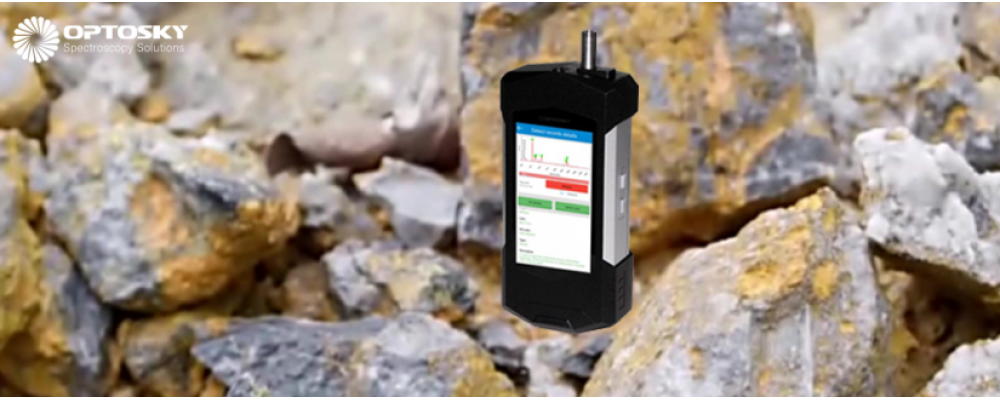Application of Raman Spectrometer in Mineral and Archaeological Fields
Raman spectroscopy, as an analytical test of material structure, was first widely used in scientific research. The application of Raman spectroscopy in the identification and research of archaeological materials is very active in recent years.
Raman spectrometers apply to archaeological objects.
532nm is used in mineral jade, crystals, bronzes, etc.
785nm is used in mineral jade, ceramics, pigments, dyes, stone frescoes, etc.
1064nm is applied in silk, painting, seal, etc.
Identification of minerals with similar structure by Raman spectroscopy.
Garnet is a silicate mineral that includes many different chemical structures, but all have X3Y2 (SiO4)3 structures.
Calcium iron garnet, calcium aluminum garnet is different from X3Y2 (SiO4)3 structure X part, while manganese aluminum garnet is Y part of the structural change. They are very sensitive to changes in the Raman spectrum.
On-site Raman analysis of geology and minerals.
Portable Raman is an ideal means of identification and analysis of minerals, polymorphic substances and isomorphic minerals.
Non-contact, non-destructive sampling measurements allow analysts to perform non-destructive in situ analysis of rare and valuable samples.
Portable Raman is also commonly used for the identification of precious jewelry.
Optosky'ATR6600 is a handheld device, with rapid detection characteristics, you can use this device to quickly detect minerals.


















Comments: 0
No comments